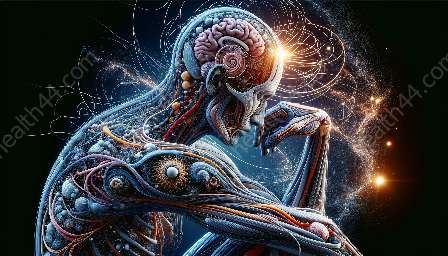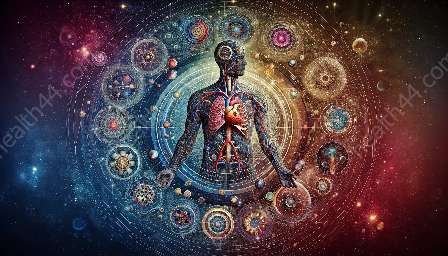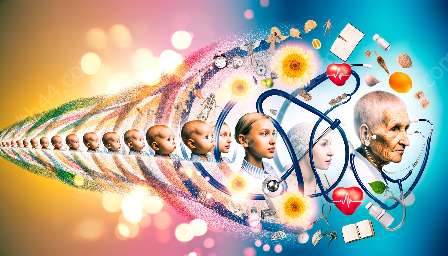Biostatistics plays a vital role in the fields of health education and medical training, offering valuable insights and tools for understanding and improving human health. In this comprehensive topic cluster, we will explore the fascinating world of biostatistics, its applications in health, and how it contributes to advancing healthcare outcomes.
The Basics of Biostatistics
Biostatistics is the application of statistical methods to biological, health, and medical data. It involves the design, analysis, and interpretation of data to support evidence-based decision-making in public health, clinical medicine, and biomedical research. By using statistical techniques, biostatisticians evaluate data related to health outcomes, disease prevalence, treatment efficacy, and more, helping to inform healthcare practice and policy.
Applications in Health Education and Medical Training
Biostatistics provides a solid foundation for health education and medical training by equipping healthcare professionals and students with essential analytical skills. Through the study of biostatistics, individuals gain the ability to critically evaluate research findings, assess the effectiveness of medical interventions, and interpret epidemiological data.
Furthermore, biostatistics plays a crucial role in shaping health curricula, ensuring that future healthcare providers are well-versed in data analysis and the application of statistical methods to clinical and public health contexts. With a strong grasp of biostatistics, medical students and practitioners are better prepared to contribute to evidence-based practice and enhance patient care.
Contributions to Health
Biostatistics directly impacts health outcomes by providing the tools necessary to analyze and understand complex health-related data. Through rigorous statistical analyses, biostatisticians can uncover trends, risk factors, and treatment effects, leading to improved disease prevention strategies and more effective medical interventions.
Moreover, biostatistics is instrumental in conducting clinical trials, observational studies, and population-based research, generating critical evidence that informs healthcare policy and guides public health interventions. By harnessing the power of biostatistics, public health officials and healthcare professionals can make informed decisions that positively impact population health.
Intersection of Biostatistics, Health Education, and Medical Training
The intersection of biostatistics, health education, and medical training is pivotal in shaping the future of healthcare. By integrating biostatistics into health education curricula and medical training programs, institutions can ensure that graduates possess the necessary skills to navigate the data-rich landscape of healthcare and contribute meaningfully to improving health outcomes and patient well-being.
Conclusion
Biostatistics serves as a cornerstone of evidence-based healthcare, offering indispensable tools for understanding and addressing complex health challenges. Its integration into health education and medical training empowers individuals to leverage data and statistical methods to drive improved healthcare practices and policies. By embracing biostatistics, we can pave the way for a healthier future for individuals and populations alike.

















